LSTM-CNN
LSTM CNN, or Long Short-Term Memory Convolutional Neural Network, is a hybrid architecture that combines the strengths of LSTMs and CNNs. LSTMs are designed to handle sequential data, making them ideal for tasks involving time series or natural language processing, while CNNs excel at feature extraction from spatial data, such as images. By integrating these two models, LSTM CNNs can effectively process inputs that have both spatial and temporal dimensions, such as videos or sequences of images. This architecture is particularly useful for applications like activity recognition, image captioning, and video description, where understanding both context and sequence is crucial.

CNN Long Short-Term Memory Networks
Last Updated on August 14, 2019 Gentle introduction to CNN LSTM recurrent neural networks with example Python code. Input with spatial structure, like images, cannot be modeled easily with the standar...
📚 Read more at Machine Learning Mastery🔎 Find similar documents
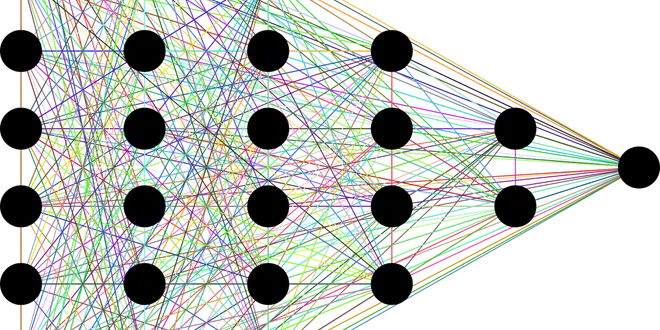
CNN-LSTM: Predicting Daily Hotel Cancellations
An LSTM (long-short term memory network) is a type of recurrent neural network that allows for the accounting of sequential dependencies in a time series. Given that correlations exist between…
📚 Read more at Towards Data Science🔎 Find similar documents

LSTM
Applies a multi-layer long short-term memory (LSTM) RNN to an input sequence. For each element in the input sequence, each layer computes the following function: where h t h_t h t is the hidden stat...
📚 Read more at PyTorch documentation🔎 Find similar documents

How long dependencies can LSTM & T-CNN really remember?
Disclaimer: This article assumes that readers possess preliminary knowledge behind the model intuition and architecture of LSTM and CNN neural networks. LSTMs are the widely used techniques for…
📚 Read more at Analytics Vidhya🔎 Find similar documents

Building An LSTM Model From Scratch In Python
Long short-term memory (LSTM) is a type of Recurrent Neural Network (RNN) that are particularly useful for working with sequential data, such as time series, natural language, and audio data. LSTMs…
📚 Read more at Towards AI🔎 Find similar documents
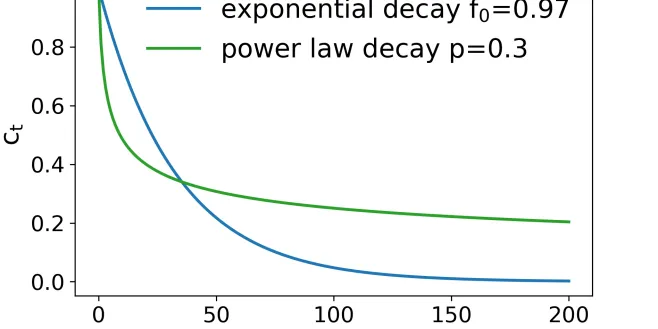
What length of dependencies can LSTM & T-CNN really remember?
Disclaimer: This article assumes that readers possess preliminary knowledge behind the model intuition and architecture of LSTM and CNN neural networks. LSTMs are the widely used techniques for…
📚 Read more at Towards Data Science🔎 Find similar documents

The magic of LSTM neural networks
LSTM Neural Networks, which stand for Long Short-Term Memory, are a particular type of recurrent neural networks that got lot of attention recently within the machine learning community. In a simple…
📚 Read more at Towards Data Science🔎 Find similar documents
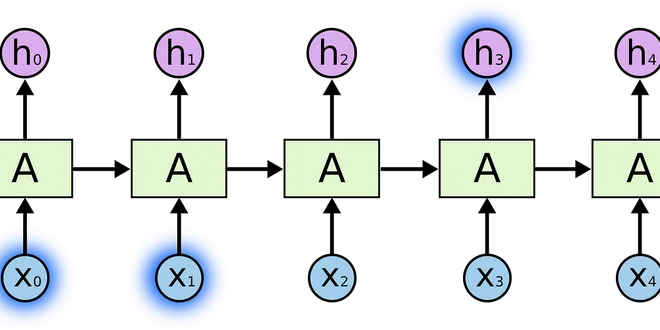
LSTM’s
Welcome to ML Decoded, where I share my ML journey through blogs. In Episode 4 of our series, we delve into training an LSTM model from scratch, building on Episode 3, where we created an RNN for word...
📚 Read more at Python in Plain English🔎 Find similar documents

Customizing LSTMs with new features
LSTMs was and still is an essential part of the growth of machine learning. It allows for temporal pattern recognition, in the same way that convolutional networks allow for spatial pattern…
📚 Read more at Towards Data Science🔎 Find similar documents
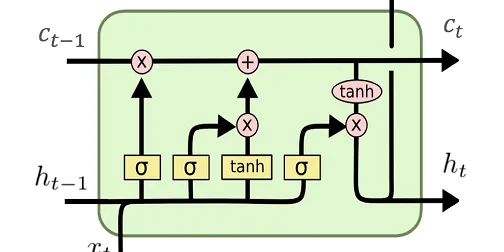
LSTM Gradients
LSTM or Long Short Term Memory is a very important building block of complex and state of the art neural network architectures. The main idea behind this article is explaining the math behind it. To…
📚 Read more at Towards Data Science🔎 Find similar documents
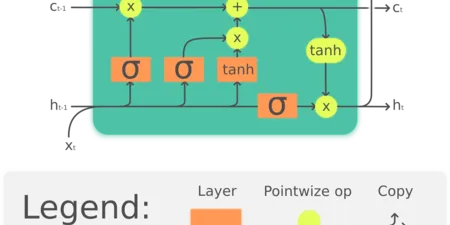
Building a LSTM by hand on PyTorch
The LSTM cell is one of the most interesting architecture on the Recurrent Neural Networks study field on Deep Learning: Not only it enables the model to learn from long sequences, but it also…
📚 Read more at Towards Data Science🔎 Find similar documents

Examining The Weight And Bias of LSTM in Tensorflow 2
Ok, first, what is LSTM? LSTM is an abbreviation for Long Short Term Memory. It’s one of the Recurrent Neural Network (RNN) that most widely used. Basically, RNN takes time-series data as an input…
📚 Read more at Towards Data Science🔎 Find similar documents

